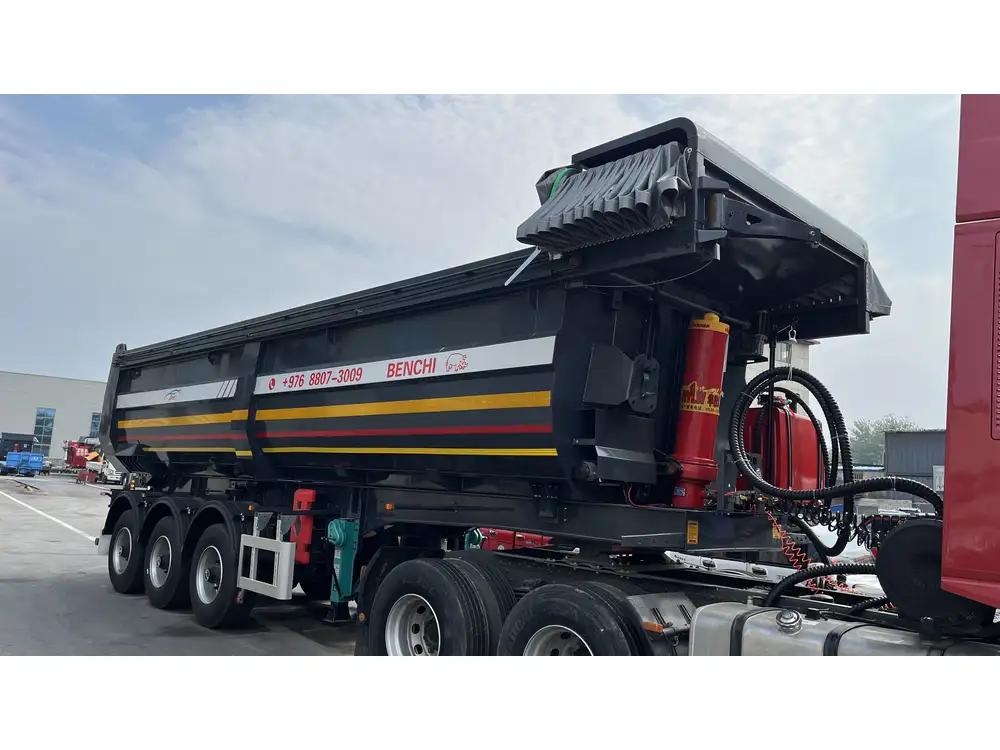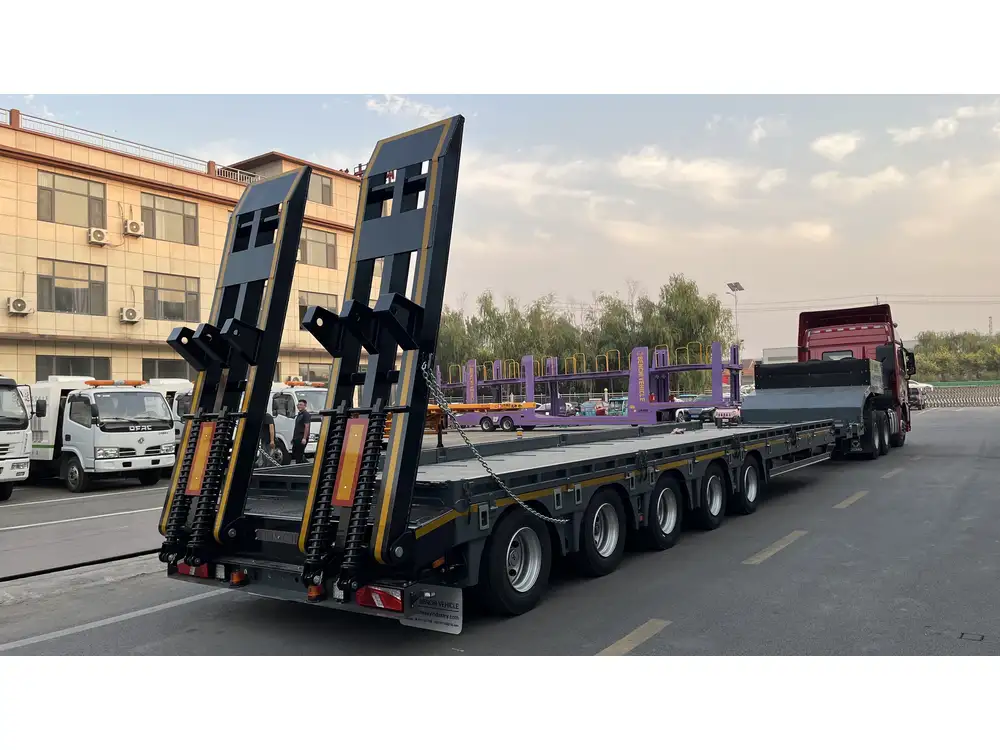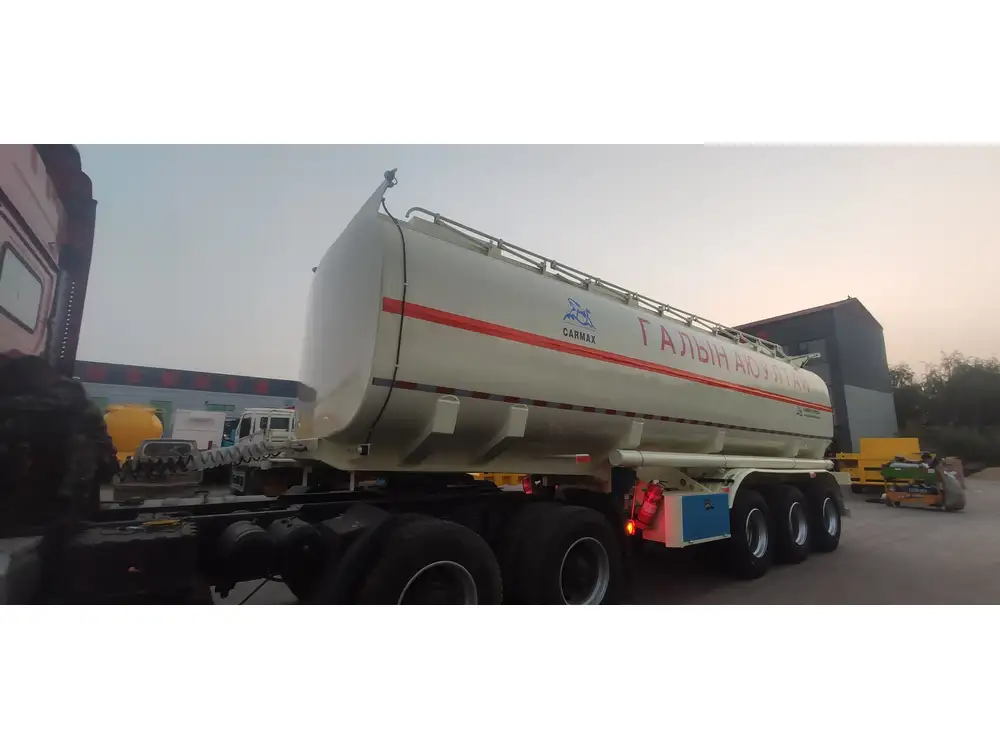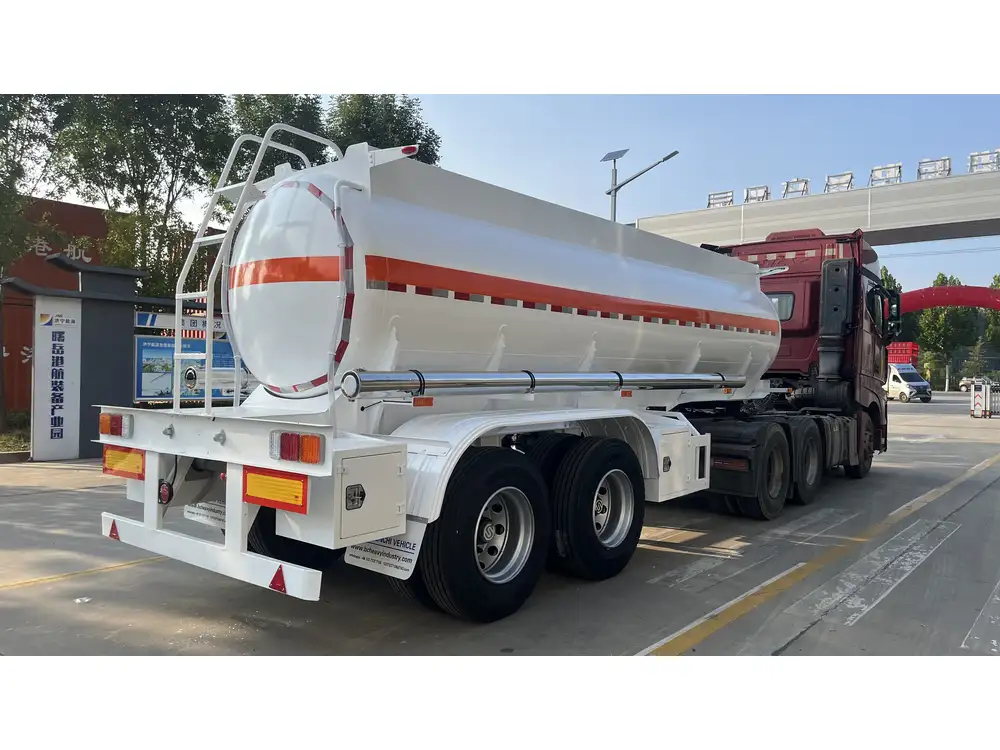In the booming logistics industry, understanding the costs associated with trailer containers is paramount for businesses seeking to optimize their shipping operations. With various factors influencing the price of these essential assets, it’s crucial to dissect the components that contribute to the overall expense. This comprehensive guide aims to elucidate the intricacies involved in purchasing trailer containers, ensuring you are well-prepared to navigate this sector with confidence.
Understanding Trailer Containers
Before diving into costs, it’s imperative to grasp what a trailer container entails. Trailer containers are large storage units designed to be transported by trucks, Freight trains, or ships. They come in various sizes and types, catering to different cargo requirements, including dry storage, refrigerated goods, and specialized transportation.
Types of Trailer Containers
Dry Van Containers
- Commonly used for general cargo.
- Typically ranges from 20 to 40 feet in length.
- Prices may vary based on size, condition, and manufacturer.
Reefer Containers
- Designed for temperature-sensitive goods.
- Equipped with refrigeration systems.
- Costlier than dry vans due to additional technology and insulation.
Open Top Containers
- Ideal for oversized cargo.
- Features a removable top for easy loading.
- Pricing reflects the special design and construction materials.
Flat Rack Containers
- Great for heavy loads that cannot fit within standard containers.
- More affordable but limited in protection against weather.
Tank Containers
- Used for liquid goods, including chemicals and food products.
- Pricing influenced by the complexity of design and materials.

Factors Influencing the Cost of Trailer Containers
Understanding the various elements that impact the pricing of trailer containers is essential for budgeting and financial planning.
1. Size of the Container
The size of the trailer container is one of the most significant determinants of its price. Containers typically range from 20 to 40 feet. The larger the container, the higher the price, often leading to varying costs based on length and volume.
2. Type of Container
As previously mentioned, the container type significantly influences costs. Reefer containers, for example, may cost 30% to 50% more than standard dry van containers due to refrigeration technology.
| Container Type | Estimated Cost Range |
|---|---|
| Dry Van | $2,000 – $5,000 |
| Reefer | $4,000 – $10,000 |
| Open Top | $2,500 – $6,000 |
| Flat Rack | $1,500 – $4,000 |
| Tank | $5,000 – $12,000 |

3. New vs. Used
Opting for a new or used trailer container will create contrasting impacts on the budget. New containers generally come with warranties and a guarantee of quality but are significantly pricier. Used containers may show wear and tear and can be considerably cheaper.
4. Material and Construction Quality
The materials used in constructing the container influence its cost. For instance, containers made of high-grade Corten steel may cost more but offer superior durability and rust resistance.
5. Manufacturer and Brand
The reputation and branding of the manufacturer can also affect pricing. Established brands, known for their quality and reliability, may charge a premium. Conversely, lesser-known manufacturers might offer competitive pricing but can lack assurance of quality.

6. Custom Features
Customization options can escalate costs significantly. Features such as added insulation, specialized locking mechanisms, or particular paint jobs tailored to your business needs inevitably increase the overall price.
7. Location and Delivery Costs
Transporting a trailer container incurs additional expenses, influenced by the distance from the manufacturer to your desired location and regional transportation costs.
Comparative Analysis: Average Prices in Different Regions
Cost variation also occurs across geographical locations. Understanding these differences is essential when planning a purchase.
| Region | Average Cost for 20 ft Dry Van | Average Cost for 40 ft Dry Van | Average Cost for Reefer |
|---|---|---|---|
| North America | $2,000 – $4,000 | $3,000 – $5,800 | $5,000 – $10,000 |
| Europe | $2,200 – $4,500 | $3,500 – $6,000 | $4,500 – $9,000 |
| Asia | $1,800 – $3,800 | $2,800 – $5,300 | $5,200 – $11,000 |

How to Calculate Total Costs
When considering how much is a trailer container, it’s vital to account for the total cost of ownership, including:
- Initial Purchase Cost: The upfront amount paid to acquire the container.
- Maintenance Costs: Regular upkeep to ensure longevity (coatings, repairs).
- Insurance: Protecting your investment against theft, damage, or liability.
- Depreciation: The decrease in value over time that affects the resale potential.
Total Cost Formula
[ \text{Total Cost} = \text{Purchase Price} + \text{Maintenance Costs} + \text{Insurance Costs} – \text{Resale Value} ]Financing Options for Trailer Containers
Considering the substantial investment involved, exploring financing options is prudent. Here are some common methods:

1. Purchase Financing
This option allows buyers to acquire a loan to purchase the container outright, making monthly payments until the debt is cleared.
2. Leasing
Leasing offers the flexibility of shorter contractual periods, allowing businesses to use a trailer container without the long-term commitment of ownership. This can be ideal for companies with varying transportation needs.
3. Rent-to-Own
This hybrid option enables companies to rent a container with the potential to purchase it after a specified period, making it easier to manage cash flow.

4. Government Grants and Subsidies
Investigating local government programs may uncover financial assistance or subsidies for purchasing transport containers, particularly for eco-friendly options or startups.
Frequently Asked Questions
Q1: What is the lifespan of a trailer container?
The average lifespan of a steel trailer container ranges from 10 to 20 years depending on usage, maintenance, and environmental conditions.

Q2: Can I modify my trailer container?
Yes, most manufacturers allow for modifications post-purchase. Customizations can include ventilation, shelving, or security features, but be aware that these may impact the warranty and pricing.
Q3: How do I choose the right trailer container for my needs?
Assess your cargo type, size requirements, and transportation options. Evaluating the frequency of usage and conditions will guide you in selecting the appropriate container.
Q4: Are there safety standards for trailer containers?
Yes, trailer containers are required to meet shipping and safety regulations determined by regional authorities. Ensuring compliance is vital for safe transport.

Q5: What additional costs should I consider when renting a trailer container?
Be mindful of potential costs such as deposit fees, maintenance responsibilities, and insurance. Additionally, check for any hidden charges related to overage time or damage policies.
Conclusion
In summary, the question, “How much is a trailer container?” cannot be answered with a single figure, as various factors come into play. By comprehensively understanding the components that influence the cost and considering options such as size, type, and financing, businesses can make informed decisions that align with their operational needs and budgetary constraints.
Investing in a trailer container is an essential step in optimizing transportation capabilities. The investment not only improves logistical efficiency but also equips businesses with the tools necessary to thrive in an increasingly competitive marketplace. As always, detailed research into suppliers, market conditions, and potential customization options is crucial for ensuring maximum return on investment in your trailer container acquisition.



